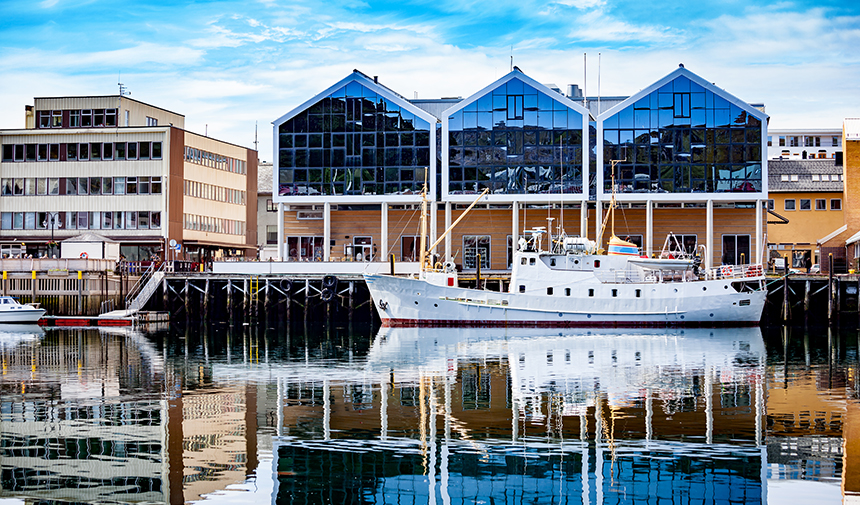Naval architecture and engineering are disciplines that deal with the design, construction and maintenance of structures on water. Specialists in this field plan and develop a variety of structures such as harbors, bridges, lighthouses, docks, ship terminals and submarine tunnels. Naval architecture and engineering is important both to ensure the safety of the seas and to make the most of the potential that water offers. Here is more information about naval architecture and engineering:
- Port Design and Construction
As an important part of maritime trade, ports are at the heart of the maritime industry. When designing and building ports, marine engineers take into account factors such as water depth, quay length and cargo handling equipment to ensure that ports are used effectively.
- Sea Bridges
Marine bridges are important transportation lines connecting coasts. When designing and building these bridges, marine engineers consider important factors in terms of both safety and durability. Large spans and variable sea conditions increase the challenges that need to be considered in the design of sea bridges.
- Lighthouses and Aids to Navigation
Lighthouses and aids to navigation are essential elements of maritime safety. When designing and building these structures, marine engineers consider sea conditions, maritime traffic and navigation needs to ensure safe navigation of ships.
- Ship Terminals
Ship terminals are the centers of maritime trade and are used for loading and unloading ships’ cargo. When designing and constructing ship terminals, marine engineers take into account factors such as cargo handling equipment, storage areas and transportation links.
- Submarine Tunnels
Submarine tunnels provide the connection between coasts by passing road transportation under the sea. Such tunnels are designed and built by marine engineers, taking into account factors such as water pressure, earthquake risk and environmental impacts.
Naval architecture and engineering is critical to ensure the safety and efficiency of structures over water. This discipline supports the efficient use of water resources and the sustainability of the maritime industry.



